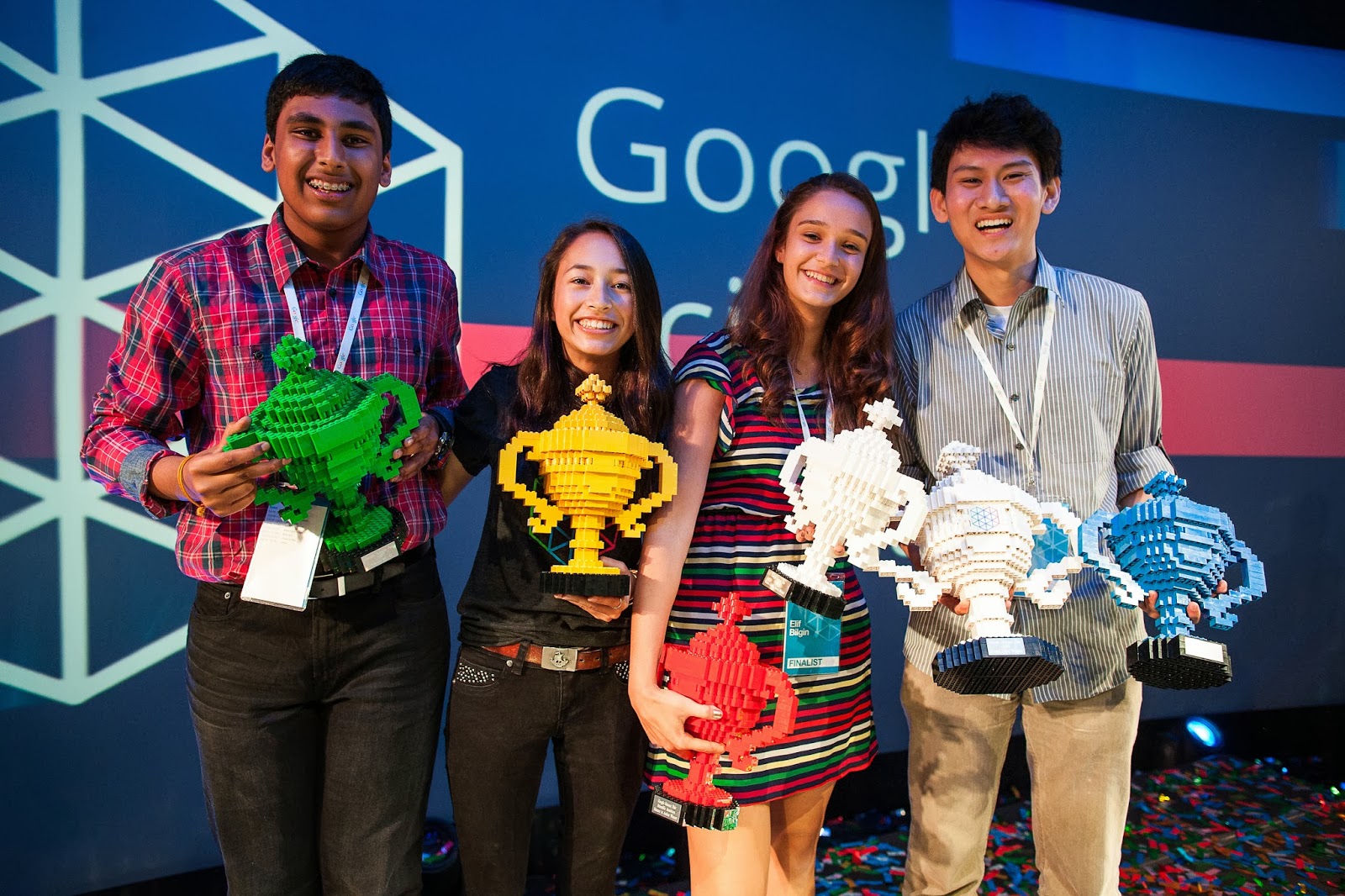
A Venn diagram showing bacterial profiles by ethnicity.
A group of researchers can determine your ethnicity by sampling bacterial from your mouth. From Popular Science:
Almost 400 different species were thriving in the mouths of 100 people from four different ethnic backgrounds: African American, Caucasian, Latino and Chinese. Only 2 percent of bacterial species identified were present in every individual studied. Another 8 percent of species were shared by 90 percent of the participants. Each ethnic group displayed a distinct pattern of bacteria, especially under the gums. “This suggests that the host genotype influences the microbial community to a greater extent than shared environment,” the study’s authors write.”‘Nature’ appears to win over ‘nurture’ in shaping this community.”
The researchers were able to develop an algorithm that could predict an individual’s ethnicity based on bacteria from under their gums with 62 percent accuracy. The algorithm was able to classify the bacterial communities of African American participants 100 percent of the time, but wasn’t as accurate for other ethnicities.
Read the original research at PLOS One

